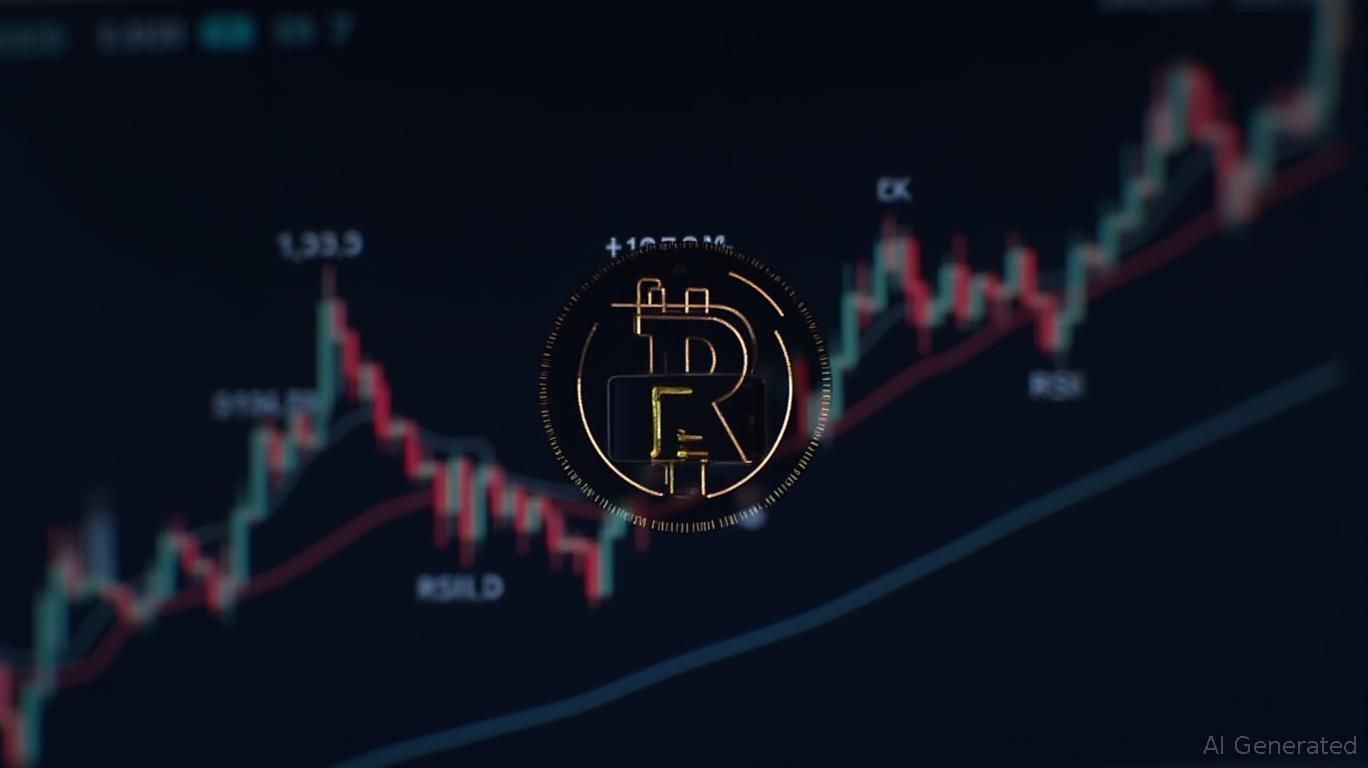Bitcoin's Imminent Breakout: Opportunities and Risks in a Volatile Market
Bitcoin stands at a pivotal crossroads. With its price hovering near $96,000 as of June 19, 2025, traders and investors are closely watching whether the cryptocurrency can sustain momentum toward its $100K–$120K target. This article dissects the technical, macroeconomic, and on-chain factors driving Bitcoin's trajectory while evaluating the risks that could derail its ascent.
Technical Indicators: A Delicate Balance
Bitcoin's technical picture presents both optimism and caution. The RSI (Relative Strength Index) of 52 suggests bullish momentum is intact but not overextended—ideal for sustaining upward movement. The 20-day exponential moving average (EMA) at $105K remains a critical resistance level. A daily close above this threshold could trigger a self-fulfilling upward spiral, with traders chasing the asset.
However, resistance at $114,800 (the +1STD level in the Work of Cost model) looms large. A breakout here would signal a shift toward the $120K target. Conversely, a retreat below $100,800—the neckline of an inverse cup-and-handle pattern—could send prices tumbling toward the 200-day EMA at $91K.
On-Chain Activity: Bulls vs. Bears in the Whale Wars
On-chain data reveals a battle between institutional optimism and lingering bearish sentiment. Short-term holder (STH) whales have been accumulating aggressively, averaging purchases at $91,900—a stark contrast to long-term holders (LTH) who acquired Bitcoin at $32,200. This divergence suggests new entrants fear missing out (FOMO), while veterans hold onto gains. Notably, a whale inactive for two years recently bought 250 BTC for $26.37 million, signaling renewed confidence.
Institutional demand is equally compelling. MicroStrategy's $1 billion Bitcoin purchase plan, boosting its holdings to 580,955 BTC, underscores the appeal of Bitcoin as a macro hedge. ETF inflows hit $4.6 billion monthly in June, with Bitcoin dominating 64% of the crypto market cap—a multiyear high.
Macro Trends: The Perfect Storm or a Buying Opportunity?
Bitcoin's ascent aligns with broader macroeconomic tailwinds. The U.S. Federal Reserve's decision to hold rates at 4.25%-4.5% removes near-term uncertainty, while inflation has dipped to 2.4%. Geopolitical tensions, such as U.S.-China trade disputes, have also bolstered Bitcoin's safe-haven appeal.
However, risks remain. The lingering fallout from FTX's bankruptcy continues to weigh on sentiment, particularly regarding regulatory scrutiny. The SEC's stance on Bitcoin ETFs and smart contract platforms could either accelerate adoption or stifle innovation.
The Risks: Why $120K Might Stay Out of Reach
- Regulatory Overreach: Stricter rules on crypto exchanges or mining could disrupt liquidity.
- Bearish Sentiment: A break below $83,200—the -1STD support level—could trigger a bearish cascade.
- Overbought Conditions: An RSI above 75 (currently at 52) would signal frothiness, risking a correction.
- Institutional Profit-Taking: ETF holders may lock in gains if Bitcoin plateaus above $105K.
Investment Strategy: Prudent Bulls and Cautious Bears
The path forward is clear for risk-tolerant investors: - Aggressive Play: Buy Bitcoin on dips below $95K, targeting $105K with a stop-loss at $90K. - Conservative Play: Accumulate via dollar-cost averaging between $95K and $105K.
Final Analysis: A Breakout Beckons, but Caution is Key
Bitcoin's fundamentals—finite supply, institutional adoption, and macro resilience—support its ascent to $120K. Yet traders must remain vigilant. A sustained close above $105K would validate bullish momentum, while a breakdown below $100K could reignite bearish narratives.
For now, Bitcoin's technical and on-chain indicators suggest a breakout is plausible—but not guaranteed. Investors should treat this as a high-reward, high-risk opportunity, pairing exposure with disciplined risk management. The road to $120K is lined with pitfalls, but for those who time it right, the rewards could be historic.
Disclosure: This analysis is for informational purposes only and should not be construed as financial advice. Always conduct your own research or consult a licensed professional before making investment decisions.
Content Original Link:
" target="_blank">

































































